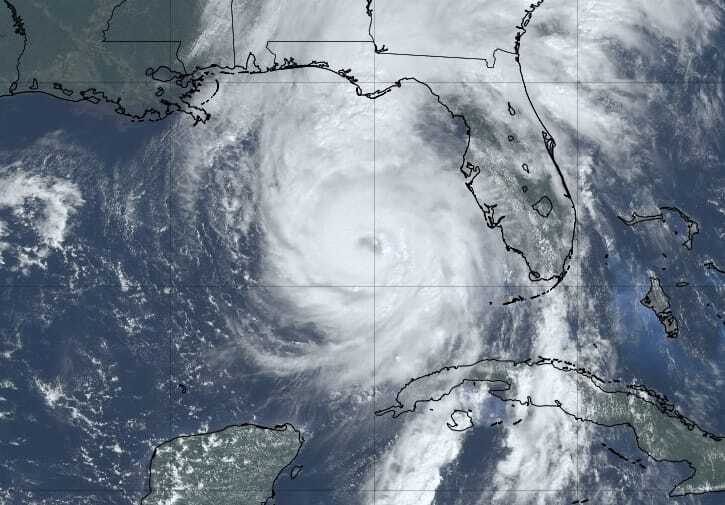Moody’s puts total property damage from hurricane Helene at $15-26bn
- August 26, 2025
- Posted by: Saumya Jain
- Category: Insurance

After Hurricane Helene, a Category 4 storm with 140 mph winds made landfall in Florida’s Big Bend on Thursday evening, reviving the quiet hurricane season, analysts at Moody’s have placed the total property damage at between $15 billion and $26 billion, with a total cost of $20 billion to $34 billion from the storm.
As noted by Moody’s, this estimate comes in higher than that of hurricane Idalia’s but below storms from earlier this decade like Ian and Ida, which hit more populated areas in Florida and Louisiana, respectively.
Although the storm’s impact was catastrophic in the Big Bend landfall area, there are less expensive houses and fewer homes in the area resulting in the price tag being capped, says Moody’s, who estimates that most of the cost will come from milder damage that spans a wide footprint covering four states and including some major population centres.
“In all likelihood, Helene’s scale and trajectory will mean that an outsize share of its cost comes from disruption rather than damage,” says Moody’s.
In terms of insured losses, Moody’s says it remains too early to put a precise cost on the storm, but the Moody’s RMS Event Response team will be releasing an estimate in the coming weeks.
Moody’s expects the regions that took a direct hit from Helene to endure a period of weeks in which the economy will be severely hindered, but notes that as landfall occurred in a sparely population area, the footprint for severe impact is somewhat limited.
Instead, the company expects that more moderate disruptions, such as power outages and the closure of schools and offices, will have a more significant impact.
“Already, more than 4 million people are without power, and that figure may move higher as the storm continues to churn through the Southeast. Even though a return to relative normalcy will come in a matter of days, the breadth of the disruption will spell a $5 billion to $8 billion reduction in output that spans the third and fourth quarters,” says the ratings agency.
Clearly, Helene’s impacts could have been much worse, although the large size of the storm means wind and flood damage has occurred far from the landfall site, which will add to the total economic and insured loss.
“A third straight year in which a severe hurricane has slammed Florida’s Gulf Coast reinforces growing concerns about long-term impacts.
“Although climate hazards alone tend not to compel residents to move out of an area, further increases in insurance premiums might. Significant changes in the next year or two are improbable, but the corrosive impact on housing affordability in the Sunshine State looks like an ever-growing risk,” Adam Kamins, Senior Director of Economic Research at Moody’s Analytics, commented.
“It remains far too early to assign a precise cost to Helene. A far more precise estimate of insured losses will be released in the coming weeks by Moody’s RMS Event Response. But based on what is known about the storm so far, there is enough information to produce a preliminary lost output and damage figure,” he added.
Both Gallagher Re and CoreLogic have already provided initial industry loss estimates from Helene. The latter has pegged wind and storm surge losses at between $3 billion and $5 billion, and the reinsurance broker expects private market losses in the mid-to-high single digit billions.
It’s important to note that the storm surge component of CoreLogic’s estimate only includes losses to private insurers, and excludes precipitation-induced inland flooding and losses to the National Flood Insurance Program (NFIP), which are expected to be sizeable given the significant surge flooding along the coast.
This website states: The content on this site is sourced from the internet. If there is any infringement, please contact us and we will handle it promptly.



